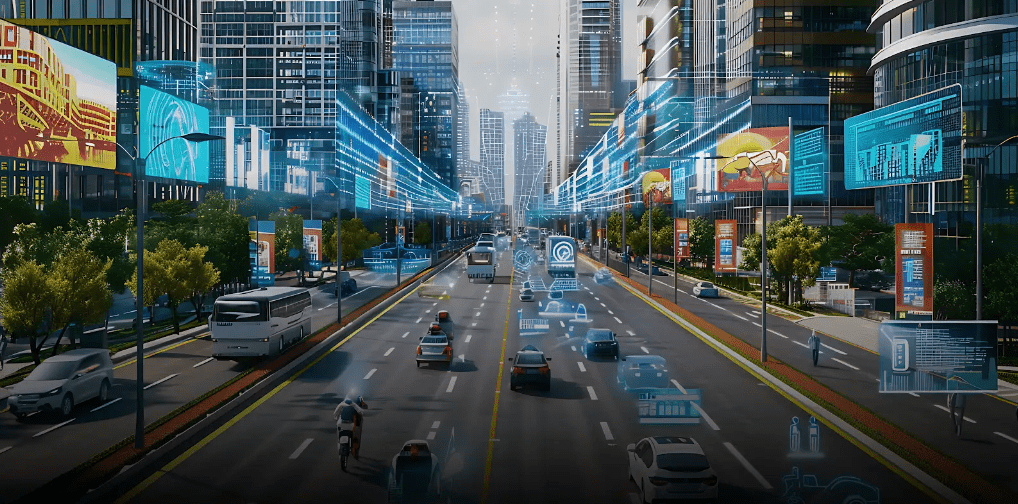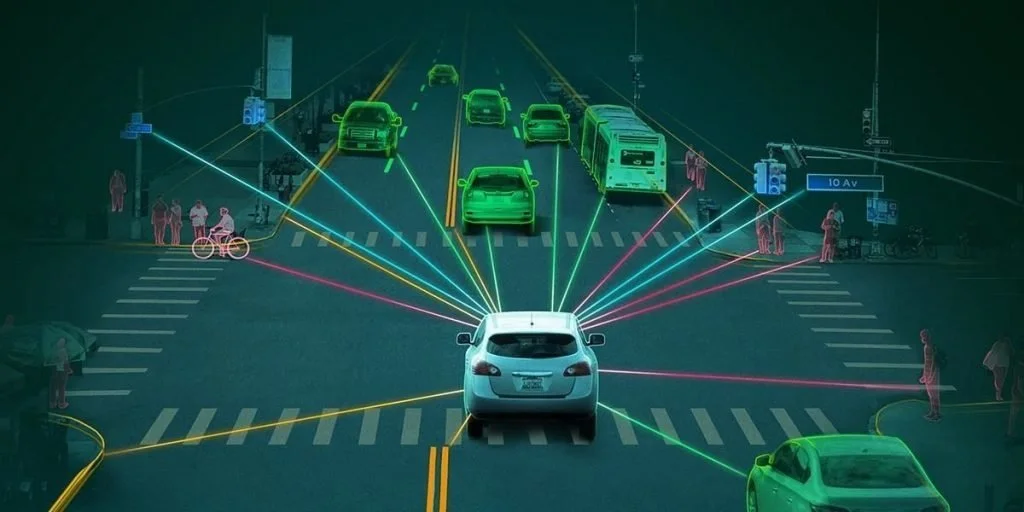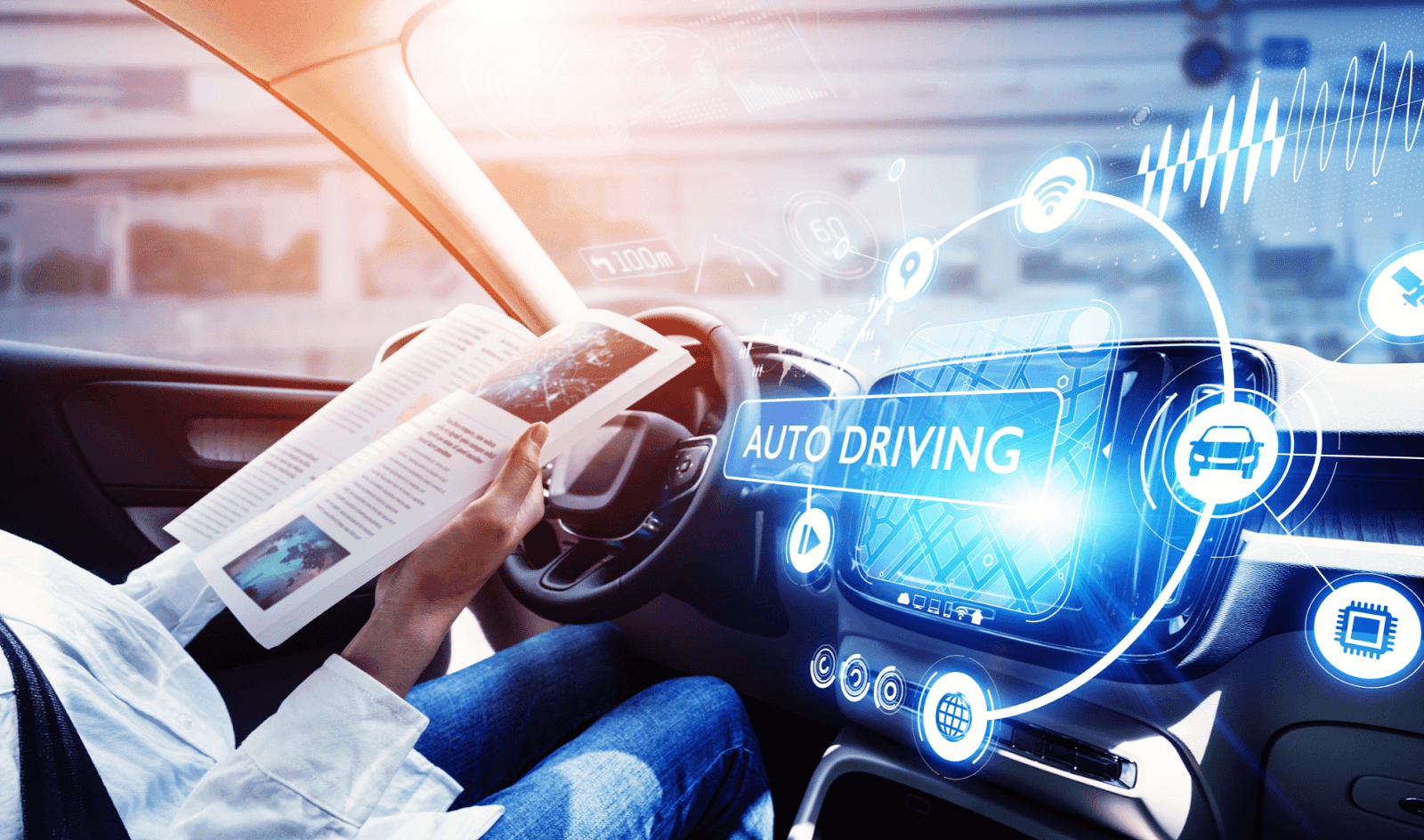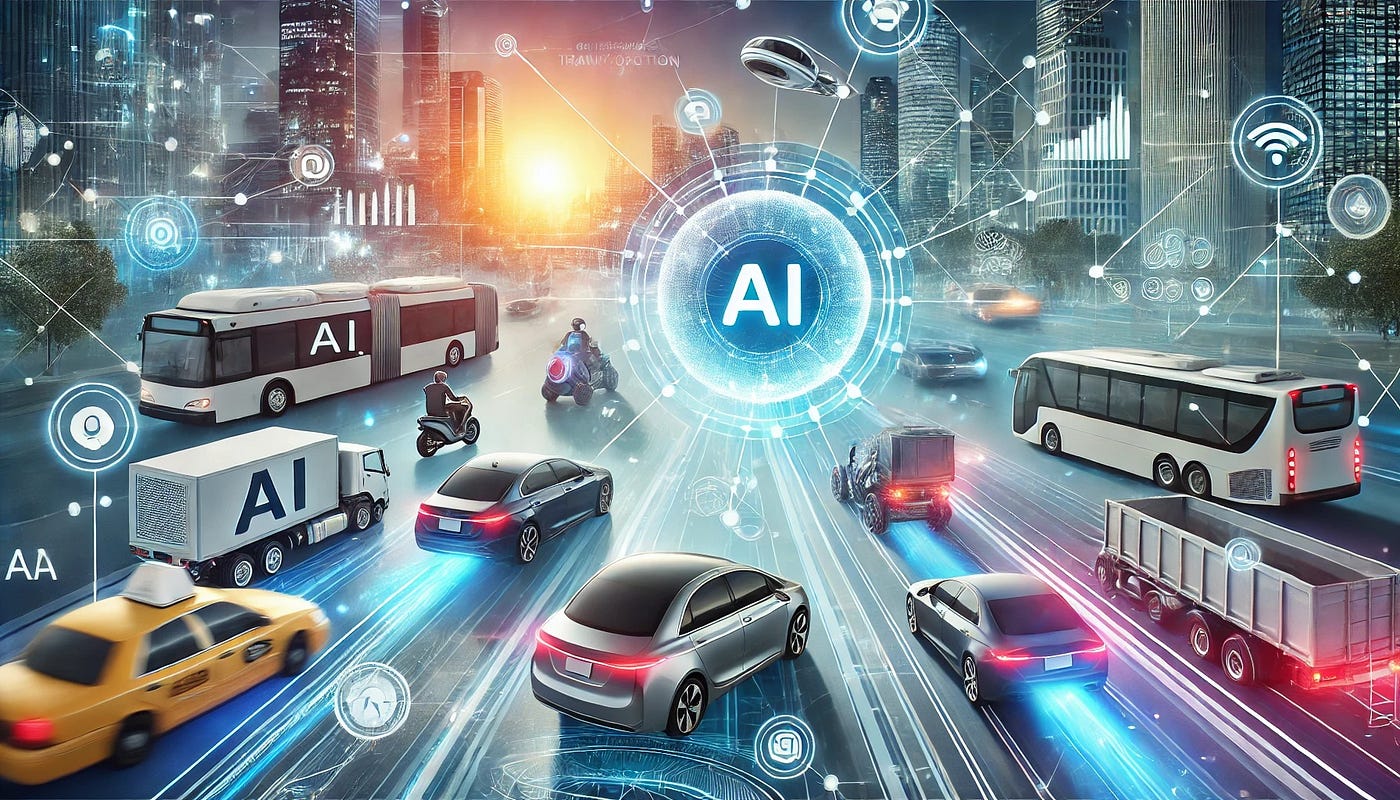Artificial Intelligence (AI) is playing a transformative role in the transportation industry. Understanding how AI is being applied in real-world scenarios helps highlight its potential to make travel safer, faster, and more efficient.
What is AI in Transportation?
AI in transportation refers to the use of intelligent algorithms, including machine learning, computer vision, and predictive analytics, to improve traffic management, vehicle performance, logistics, and passenger safety.
How AI Works in Transportation
AI systems in transportation gather and analyze data from traffic cameras, sensors, GPS systems, and connected vehicles. By processing this information in real-time, AI can optimize traffic flow, predict maintenance needs, and enhance decision-making in autonomous vehicles.
Key AI Techniques Used
Machine Learning: Helps optimize route planning, reduce fuel consumption, and predict traffic congestion based on historical and live data.
Computer Vision: Powers autonomous vehicles by enabling them to recognize traffic signals, pedestrians, and road conditions.
Predictive Analytics: Supports vehicle maintenance by forecasting equipment failures before they occur.
Natural Language Processing (NLP): Assists in developing intelligent customer service systems for transport companies, including chatbots for ticketing and real-time updates.
Case Study 1: Self-Driving Cars by Waymo
Waymo, a leader in autonomous driving, uses AI-powered sensors and cameras to navigate roads without human intervention. Their self-driving technology continuously learns from real-world driving conditions, enhancing safety and precision.
Case Study 2: AI Traffic Management in Los Angeles
The city of Los Angeles implemented AI-driven traffic signal systems to manage congestion. By analyzing traffic patterns in real-time, the system adjusts signal timings, reducing travel times and improving road efficiency across the city.
Case Study 3: Predictive Maintenance by Delta Air Lines
Delta Air Lines uses AI to predict when aircraft components need maintenance. By analyzing sensor data, they can address issues before they cause delays or accidents, improving operational efficiency and safety.
Benefits of Using AI in Transportation
AI enhances safety, reduces traffic congestion, lowers emissions, improves logistics efficiency, and provides better customer service. It also enables proactive vehicle maintenance, reducing downtime.
Limitations to Keep in Mind
AI in transportation still faces challenges such as high implementation costs, regulatory hurdles, and the need for human oversight. Data accuracy and system reliability are critical for success.
Conclusion
Exploring case studies in AI-driven transportation reveals how these intelligent systems are shaping the future of mobility. By combining AI with human expertise and strong infrastructure, the transportation sector can achieve safer, smarter, and more sustainable travel solutions.







Leave feedback about this